Caterpillars eating my river birch
User
13 years ago
Related Stories
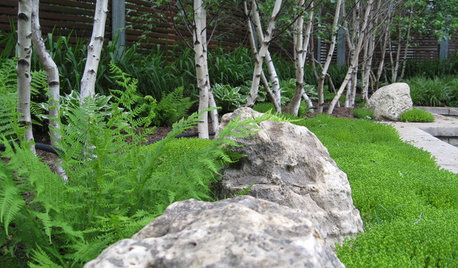
GARDENING GUIDESGreat Design Plant: Betula Populifolia
Add a touch of cool northern forest to your landscape with the highly ornamental, fast-growing and wildlife-friendly gray birch tree
Full Story
GARDENING GUIDESHow I Learned to Be an Imperfect Gardener
Letting go can lead to a deeper level of gardening and a richer relationship with the landscape. Here's how one nature lover did it
Full Story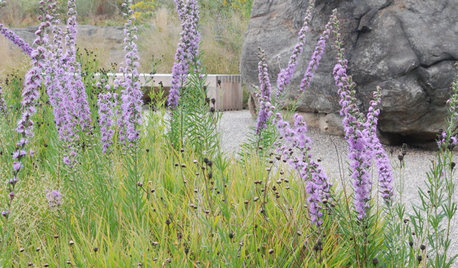
INSPIRING GARDENSNative Plants Inspire and Educate at NYC's Botanical Garden
Stroll through the new Native Plant Garden with us to get great ideas for plant choices and sustainability
Full Story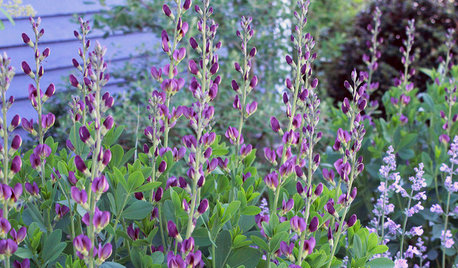
GARDENING FOR BUTTERFLIES7 Native Wildflowers to Make You an Awesome Butterfly Host
Offer the leaves of these and you’ll get more butterflies than with flower nectar alone
Full Story
GARDENING GUIDESEvocative Plants to Awaken All the Senses
Slip into a garden wonderland that brings more than mere visual delight, by including these grasses, flowers and herbs
Full Story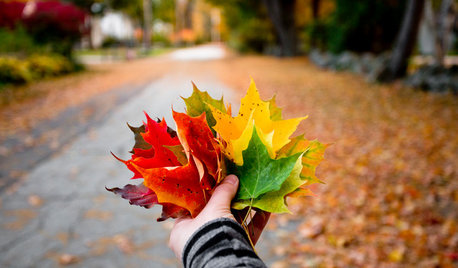
TRAVEL BY DESIGNHouzz TV: Take a Leaf-Peeping Road Trip in New England
Ride along with a Houzz contributing photographer to see gorgeous autumn eye candy from New York to New Hampshire
Full Story
MY HOUZZMy Houzz: Southern Warmth Meets Dutch Minimalism in a Live-Work Cottage
New Orleans artists transform a 19th-century double shotgun cottage into a contemporary, eclectic home and art studio
Full Story
GARDENING GUIDESPlant Black Cherry Trees for the Birds and Bees
Plant Prunus serotina in the Central and Eastern U.S. for spring flowers, interesting bark and beautiful fall color
Full Story
GARDENING GUIDES8 Native Shrubs for Year-Round Bird Feeding
It’s not just about berries. These plants provide insects for birds and seasonal interest for gardeners
Full Story
HOLIDAYSGet in the Mardi Gras Spirit With This New Orleans Neighborhood Tour
Wreaths, beads, masks and swaths of green, purple and gold add a festive Carnival splash to The Big Easy
Full StoryMore Discussions






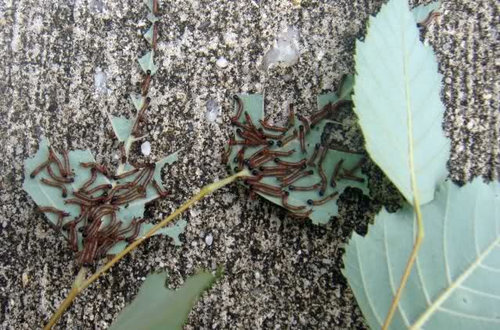

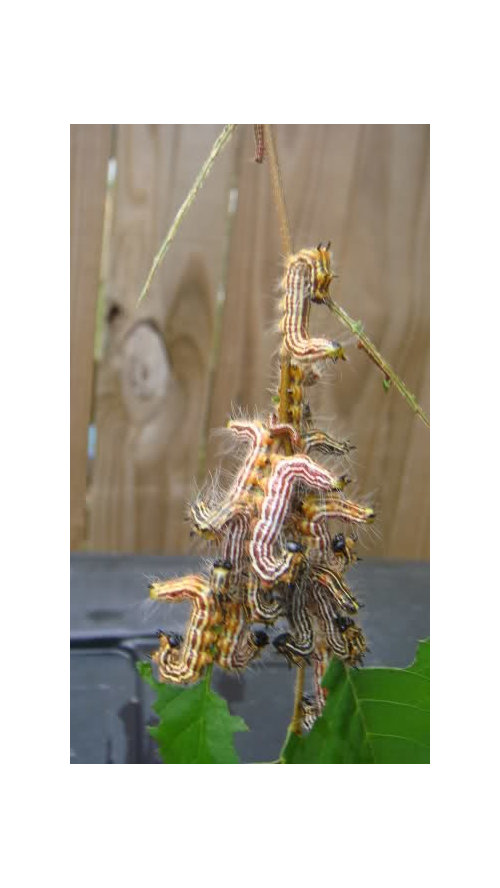
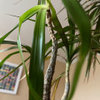

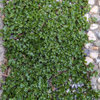
rhizo_1 (North AL) zone 7
Kimmsr
Related Professionals
Beavercreek Landscape Architects & Landscape Designers · Erie Landscape Architects & Landscape Designers · Newcastle Landscape Architects & Landscape Designers · Clermont Landscape Contractors · Edmond Landscape Contractors · Jackson Landscape Contractors · Cliffside Park Landscape Contractors · Lake Saint Louis Landscape Contractors · Las Vegas Landscape Contractors · Lexington Landscape Contractors · Placerville Landscape Contractors · San Rafael Landscape Contractors · The Villages Landscape Contractors · West Haverstraw Landscape Contractors · Whittier Landscape ContractorsUserOriginal Author
rhizo_1 (North AL) zone 7
UserOriginal Author